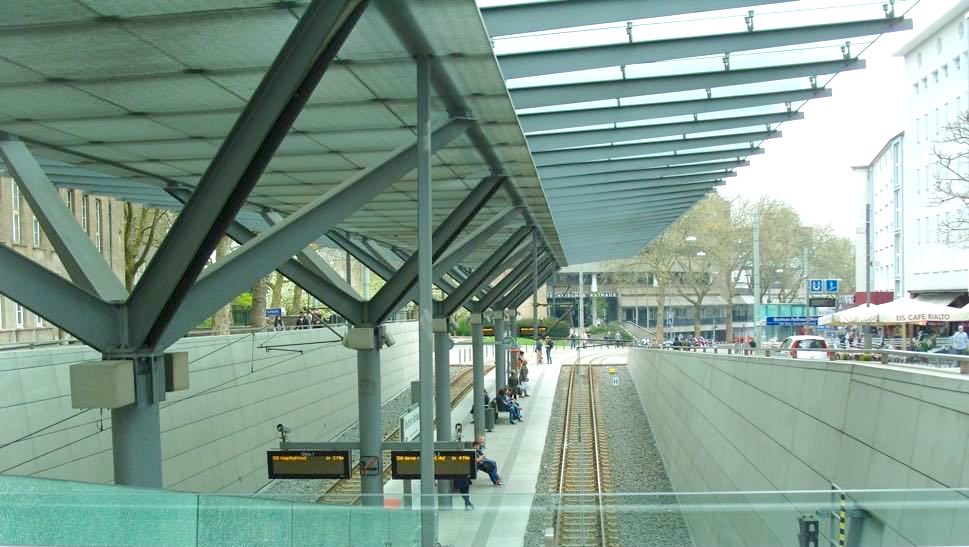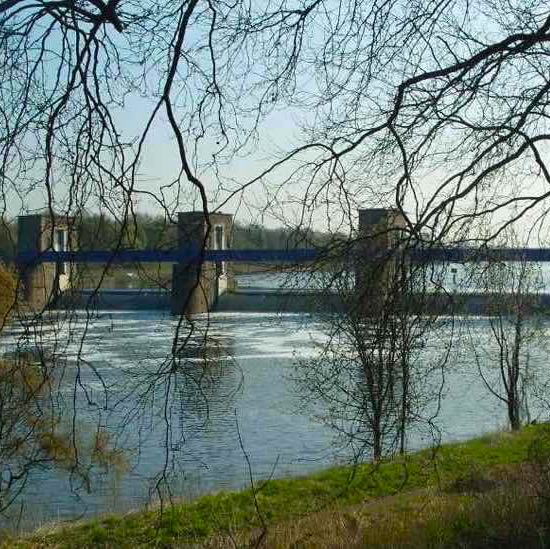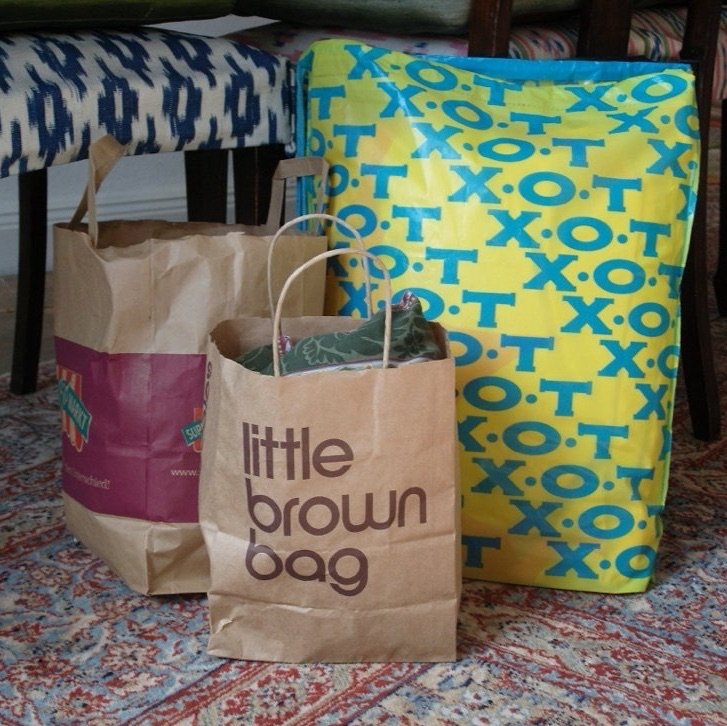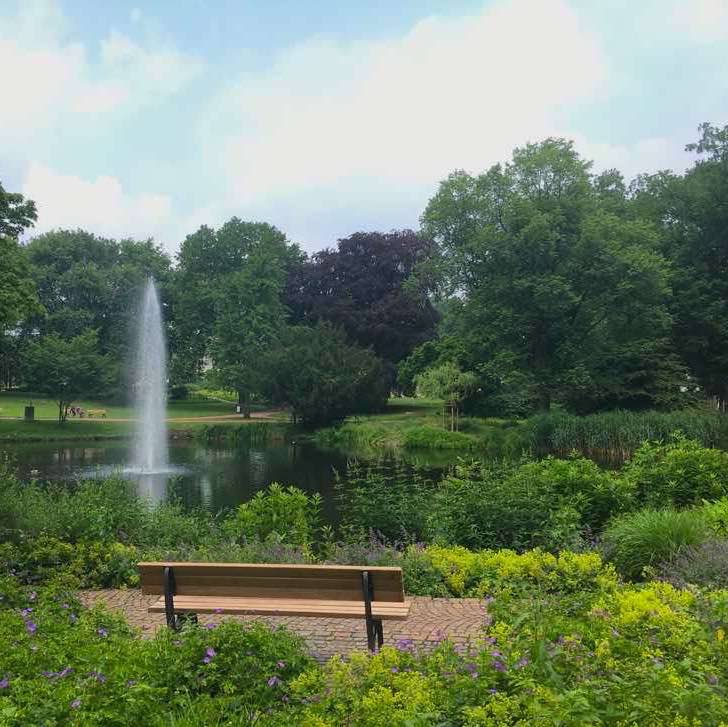City Topics
ARCHITECTURE IN THE RUHR
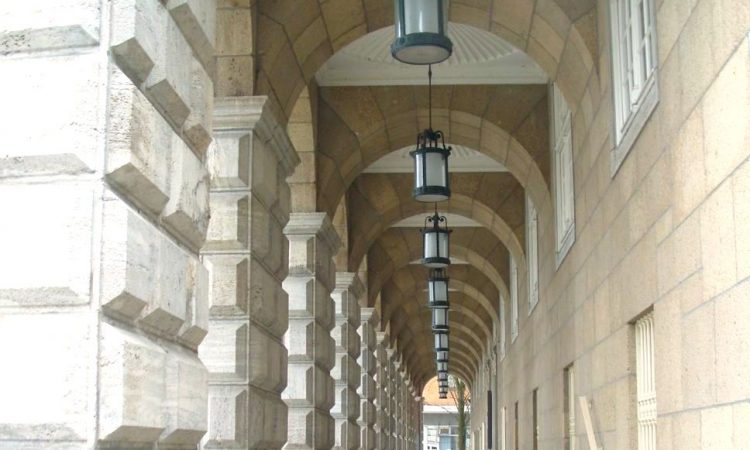
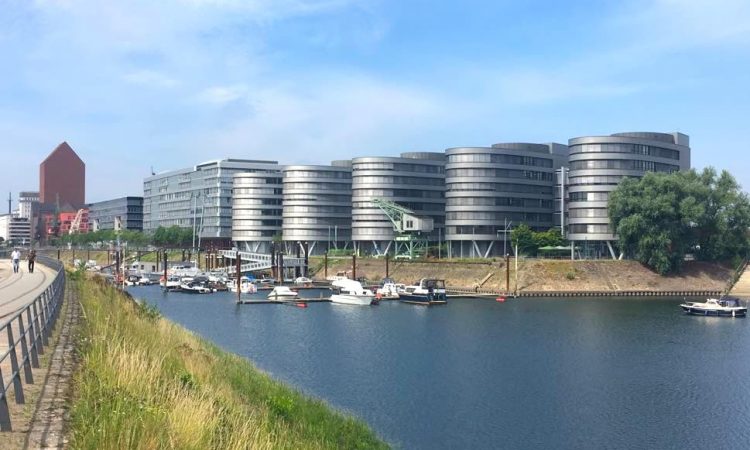
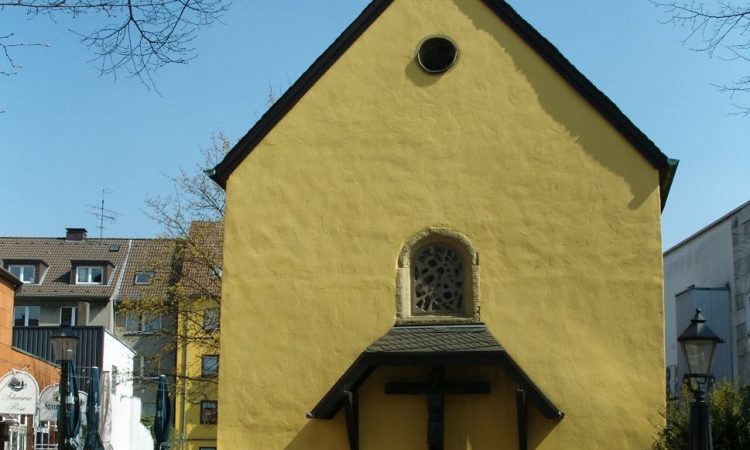
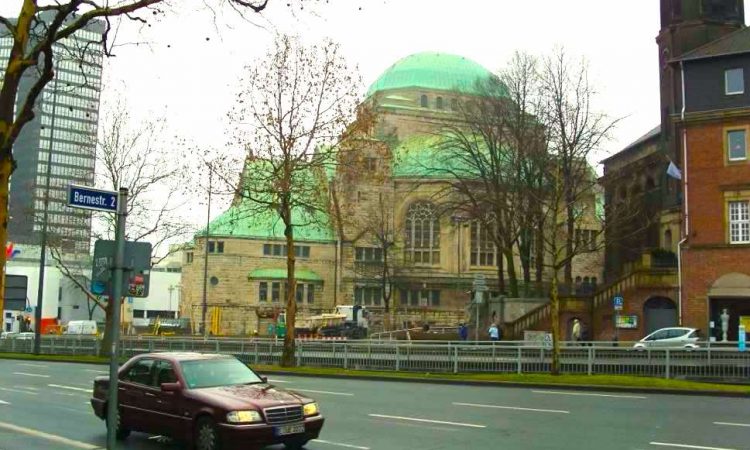
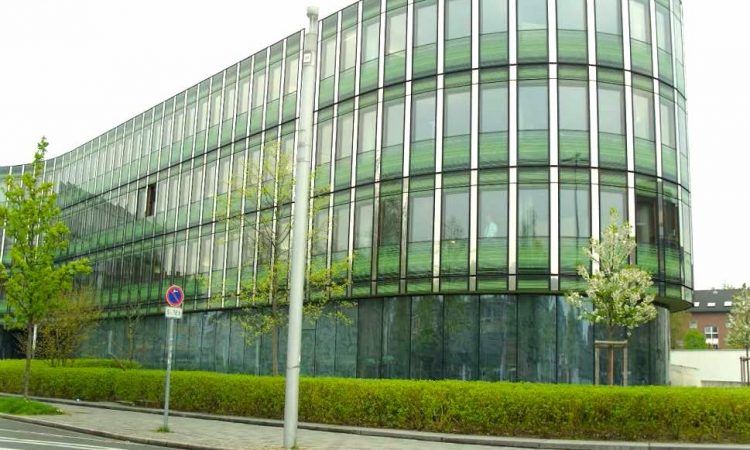
As opposed to ancient ruins or historical sites, the regions of the Ruhr Metropolis are better known for their industrial heritage. In the context of the major structural conversion that the area has undergone in recent times, major reflection was required.
At its core, decisions on what was going to happen to architectural and technological buildings or sites stemming from the age of industrialisation became necessary. In order to preserve local industrial heritage and maintain people’s awareness of its importance for both the character and the identity of the region, numerous projects were instigated.
IBA Emscher Park
One of the most extensive is certainly the International Building Exhibit, IBA or Internationale Bau Ausstellung Emscher Park. Heavily affected by its industrial history, the Emscher region was in urgent need of socioeconomic and ecological revitalisation. During the decade from 1989 to 1999, approximately 120 individual projects were implemented forming a highly important contribution to the recovery and sustainability of the area.
Gasometer Oberhausen
One major focus of the project falls on the harmonic integration of former industrial ruins into the environment and their consequent transformation into tourist attractions. One very good example of this is the Gasometer which was built in the 1920’s. Europe’s largest gas tower became superfluous in the context of the crisis of the coal, iron and steel industry. The construction was not demolished but converted into an extraordinary exhibition space. From the viewing platform on its roof visitors can also experience a fantastic view over the western Ruhr. Situated near an enormous shopping mall, one of the most fascinating art venues has developed into a major landmark for Oberhausen and the Ruhr Metropolis.
Harbour Duisburg
Another impressive restructuring project which successfully meets the demands arising from demographic change is the inner harbour in Duisburg. Located in the very heart of the city, Europe’s biggest inland port not only offers a huge variety of recreational and cultural activities but also spaces for residing and working. Apartments and offices have been created by transforming historic warehouses.
Progress Ongoing
In respect of the economic and demographic change in the region, the cities of the Ruhr continue to face major challenges regarding urban development and city planning. In order to effectively increase their attractiveness for both businesses and residents, they have to consolidate city centres, upgrade public spaces, revitalise fallow lands and create living spaces which meet the modified demands of today.
Supported by both the federal government and the state of North Rhine-Westphalia, the cities of the Ruhr invest vast sums and energy into these tasks. The program urban renewal west, Stadtumbau West, for example, has supported cities such as Gelsenkirchen and Hamm with aid in order to help consolidation and revitalisation of semi-abandoned districts.
By Tanja Kanthak, edited Vincent Green, Jul 25 2021
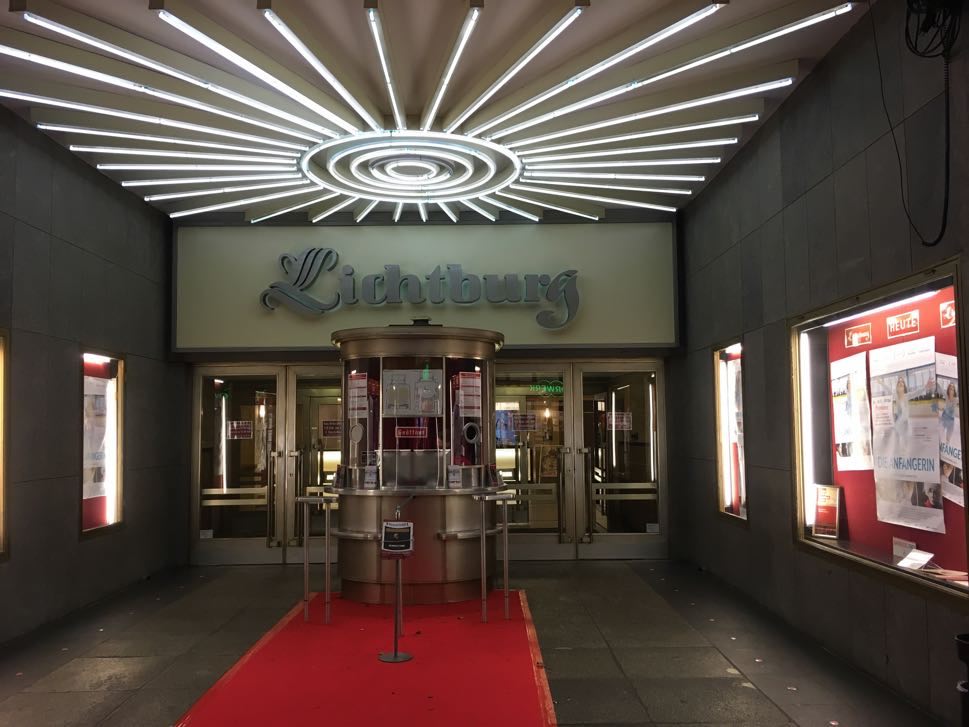
MOVIES IN RUHR
Original language movies are popular among expats living across the Ruhr Metropolis. Films are screened regularly in English original with subtitles, known as OmU and without, portrayed as OV. A wide variety of cinemas or movie theatres can be found, both large and small.
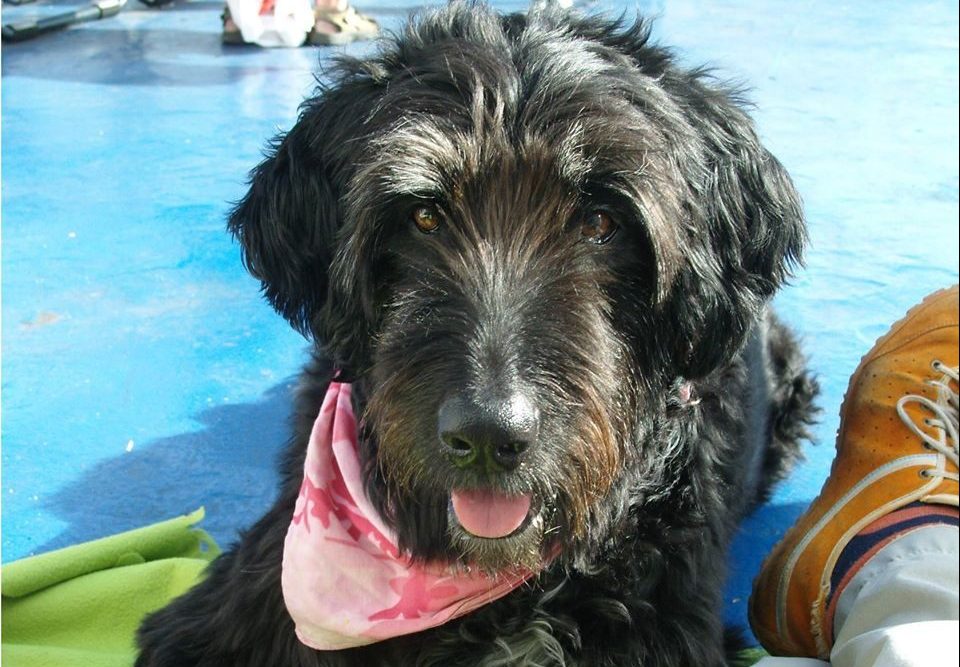
PETS IN RUHR
Germans, on the whole, love and respect pets and are friendly towards dogs. Dogs are permitted on public transport and inside restaurants but keeping a pet on a leash is a must. Dog ownership in the Ruhr Metropolis is highly regulated, while the national is populace is, in general, very dog friendly.
Public Transport
The public transport system in Ruhr is extensive, safe and normally efficient. A dense network of trams, Strassenbahn, above and below ground as well as buses serve the cities and suburbs. Links via the local and S-Bahn train systems interconnect many neighbouring communities.
